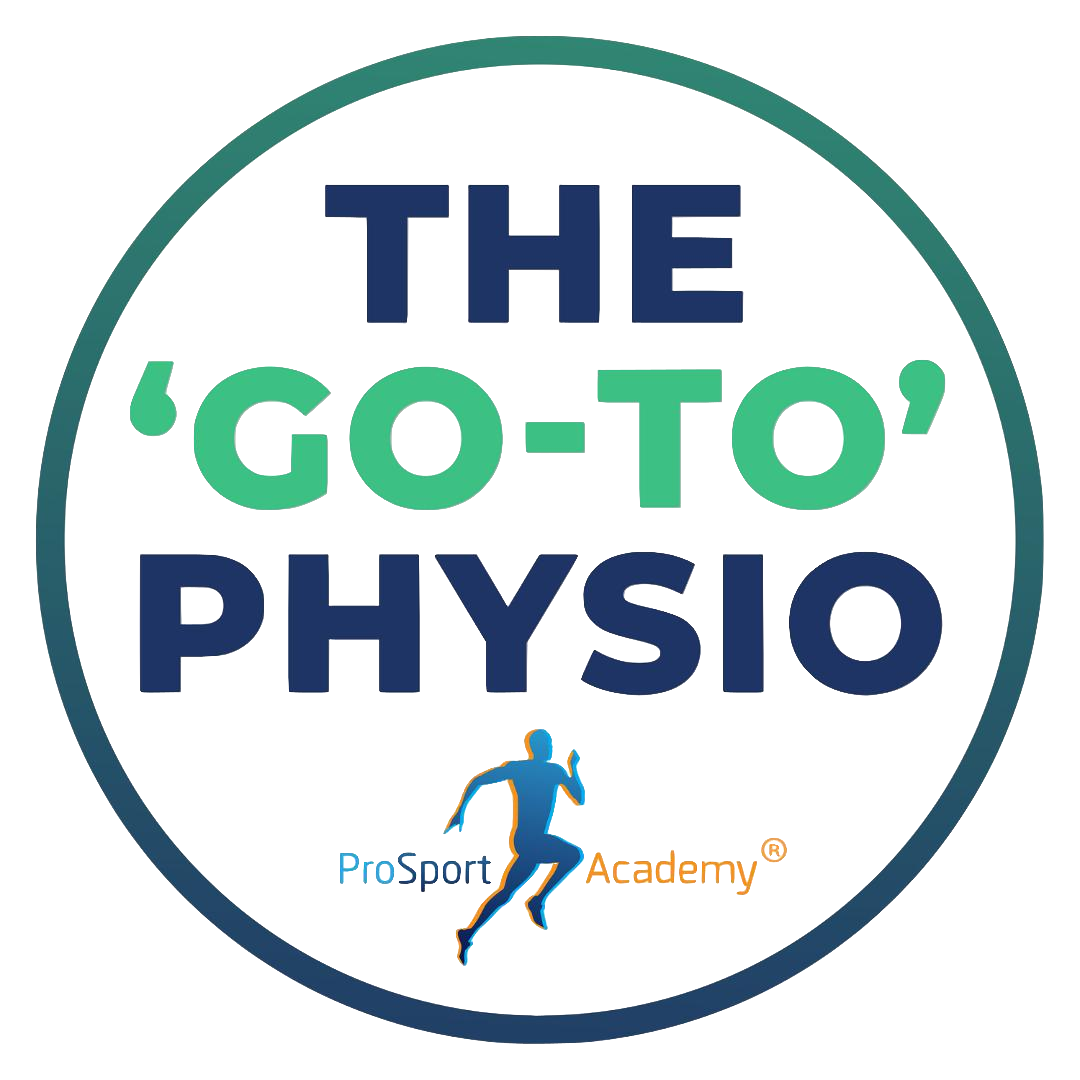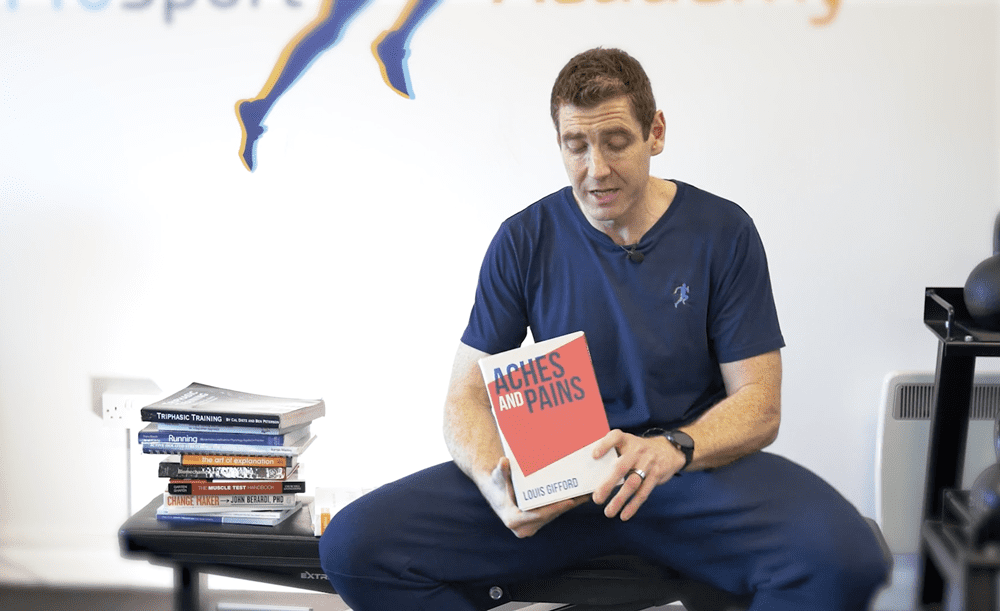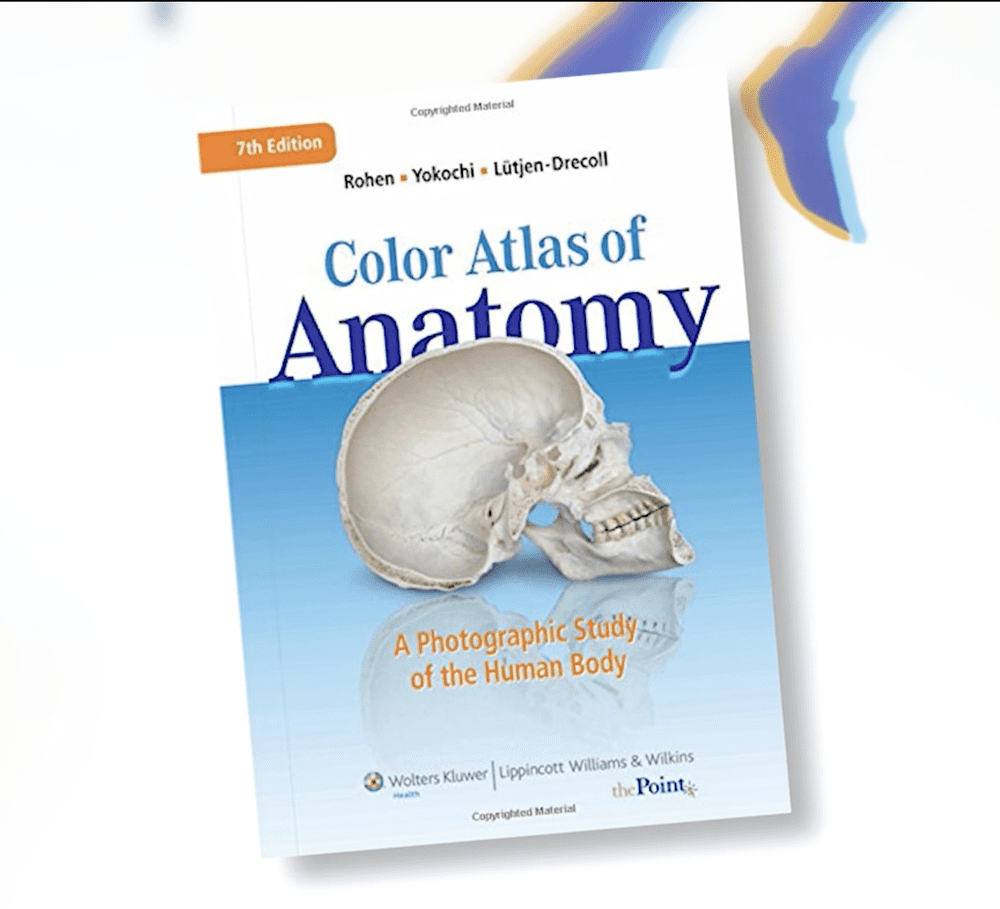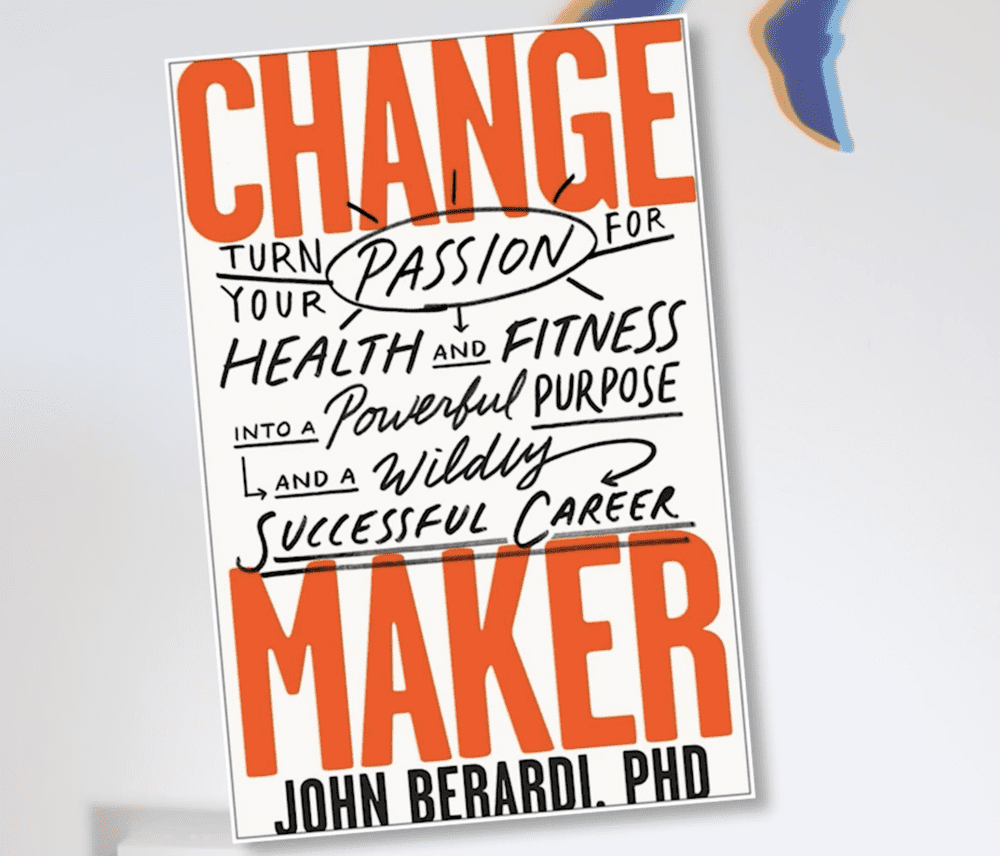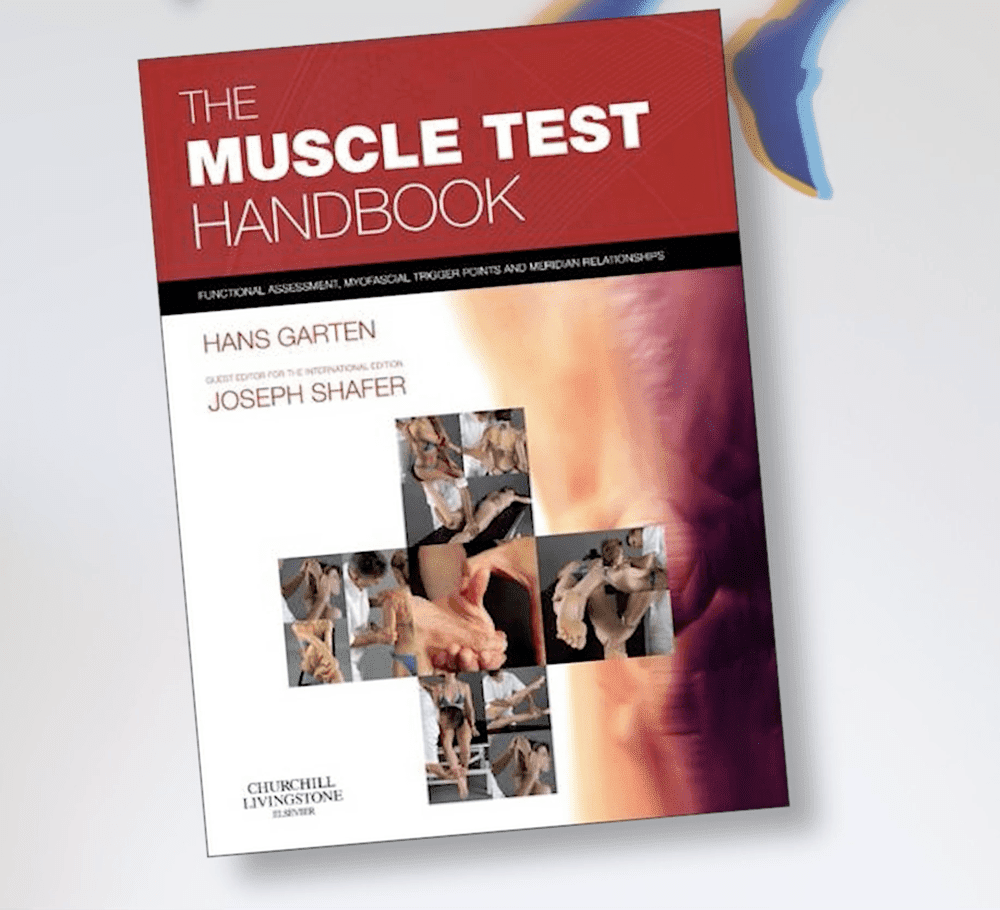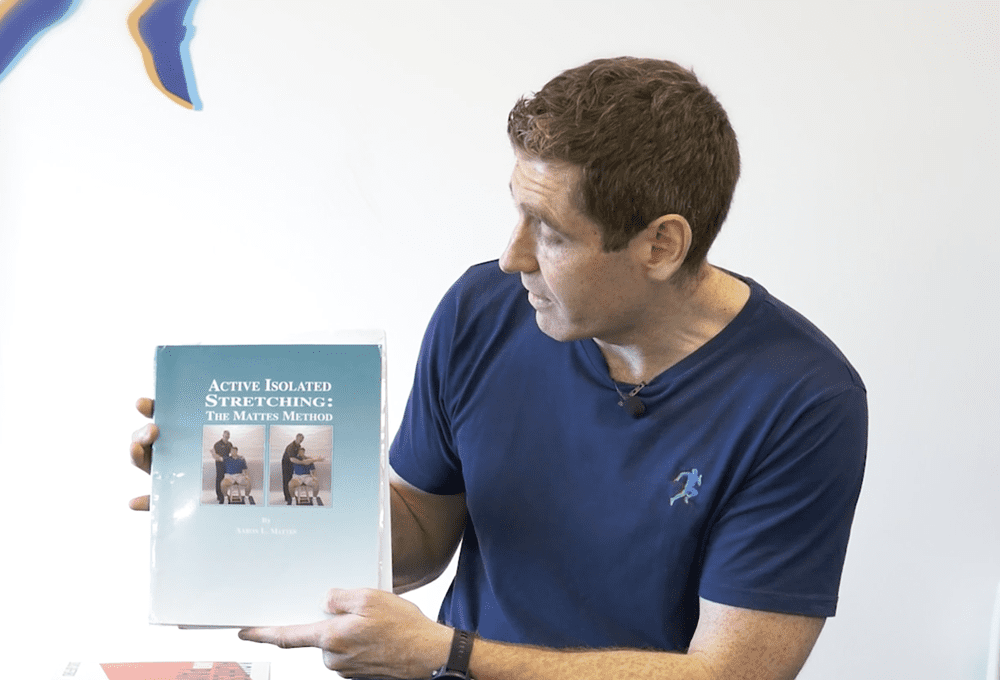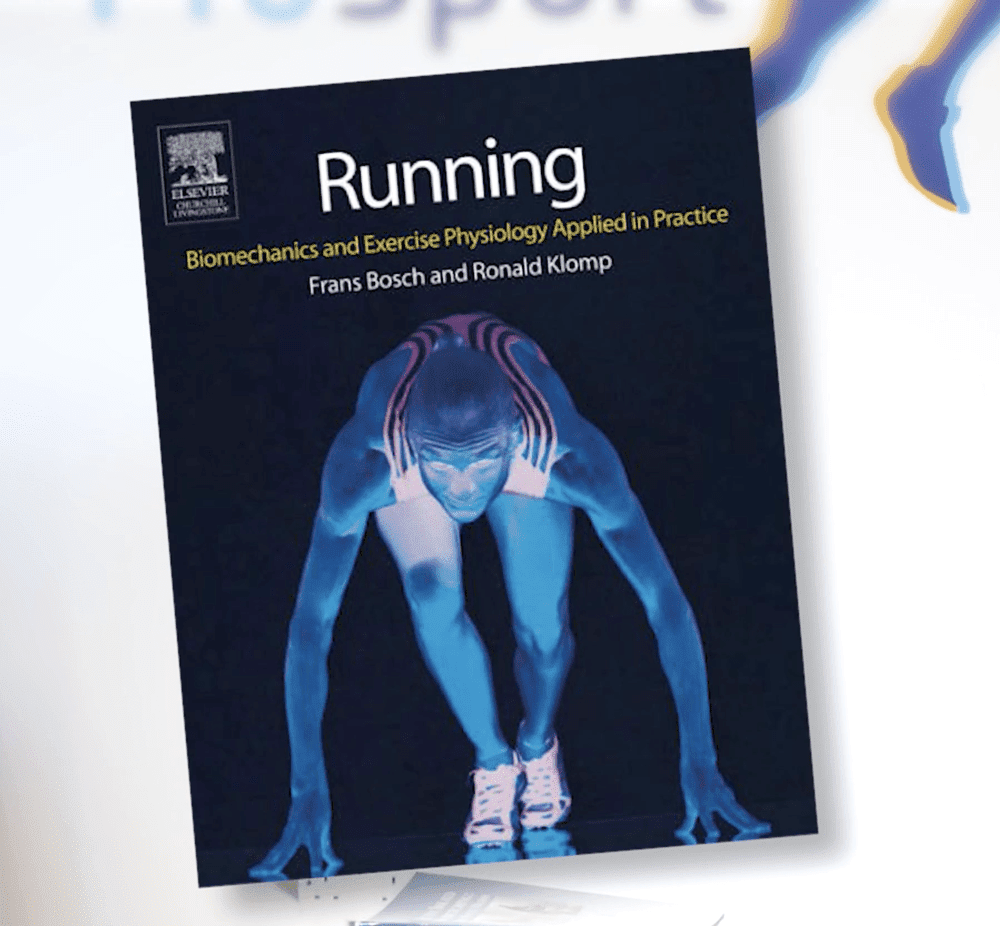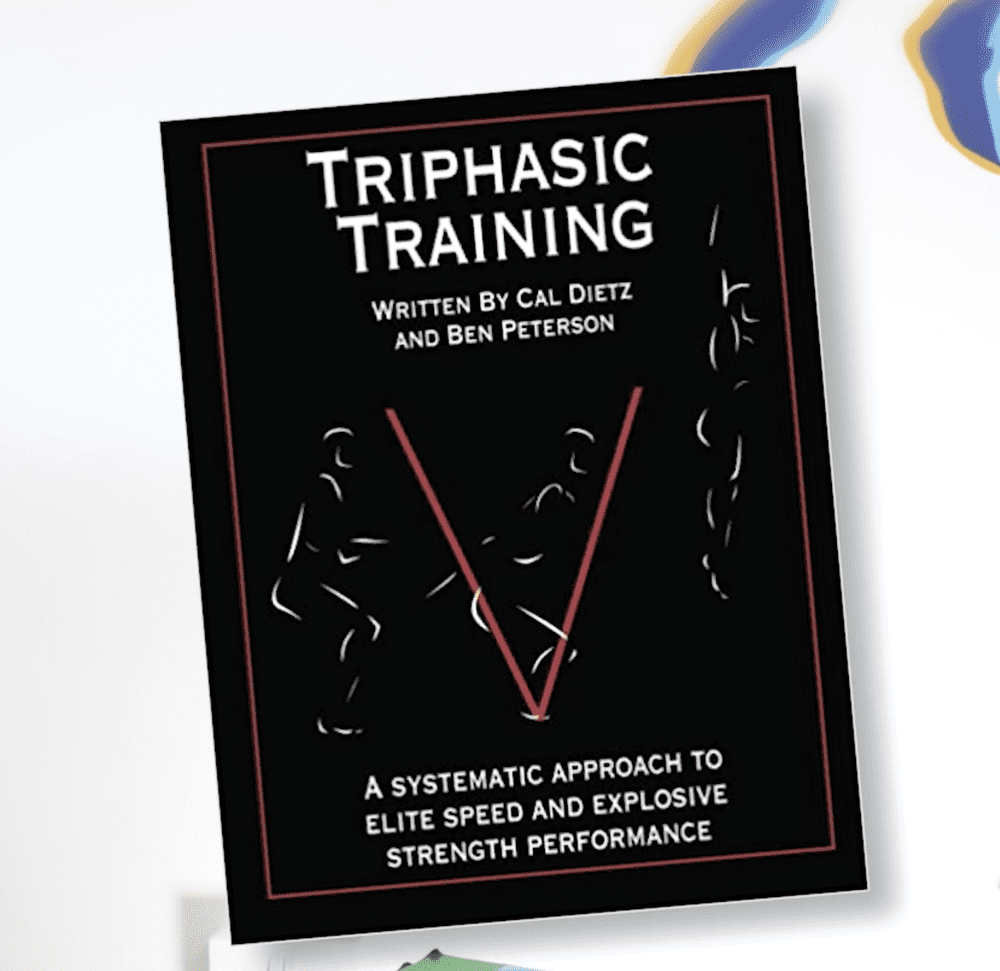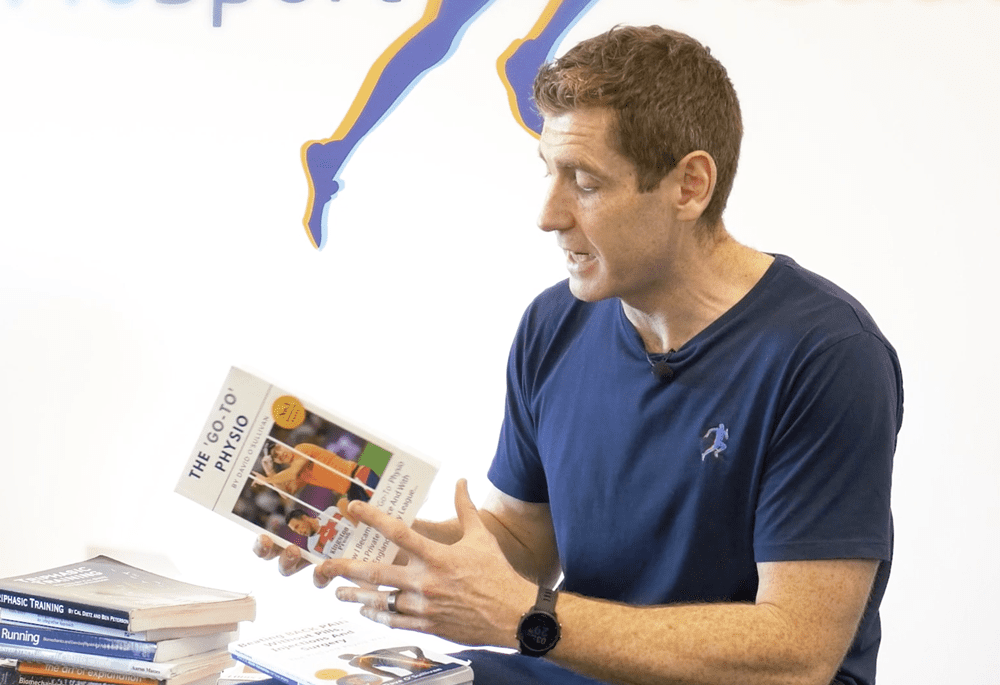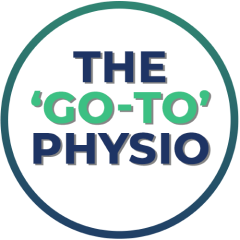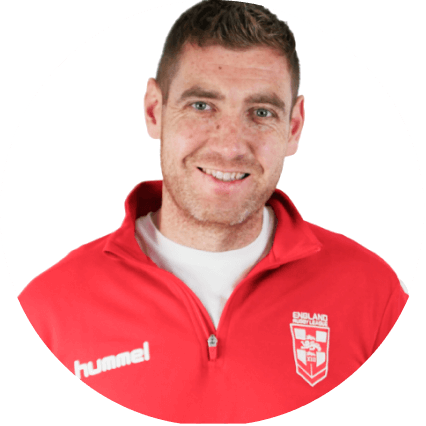Throughout my teaching work in the ‘Go-To’ Physio Mentorship and around the world, I’m always asked to recommend a book that will help therapists become the go-to physical therapist. Well, today I have made a list.
I have been collecting physical therapy books for my whole professional life. I have thousands of these at home and at my practice. I can’t tell you how much they have taught me. They have given me new views on best practices, muscles, physiology and helped me construct my own system which I have now taught to over 600 therapists worldwide.
So, whether you have just finished your degree or you’re well into your career, all of these books will be an endless source of information.
Read on to find my list of the top ten physical therapy books that will help you become the go-to therapist.
Top 10 Physical Therapist Book Recommendations To Help You Become The Go-To Therapist
Colour Atlas Of Anatomy
By Rohen, Johannes W, Yokochi, Chichiro, Lutjen-Drecoll, Elke
Throughout my career, this is one book I always refer back to this when I’m thinking about my hands-on treatment. There is so much detail on muscle architecture and movement.
I study this when I address my own principles when I am trying to evidence what I am doing and why I am doing it, and when I’m trying to understand movement. There is something for everyone in this book. It’s definitely essential in any physical therapy practice.
The Change Maker
By John Berardi PHD
I recently bought this book but any therapist on the mentorship will see its influence on the way we conduct our subjective assessments and how we construct our rehab progressions.
This book goes deep into the psychology of what a person wants and it encourages every physical therapist to look at the person in front of them rather than just look at the site of their pain.
The Muscle Test Handbook
By Joseph Shafer, Hans Garten
In terms of physical therapy assessment techniques, the content of this book is really useful. It is more of an applied kinesiology approach, which I don’t necessarily use but it is a great muscle testing book.
I’m really interested in force steadiness, the ability to tolerate load in certain directions in sub-maximal contractions. When I do a muscle test I don’t do it maximally. I’m really interested in the ability to proprioceptive ability to tolerate load on sub-maximal contractions.
This really interests me because I see it a lot in the clinic when patients really struggle sub-maximally but they’re okay when they use a high-threshold strategy. I don’t work from the kinesiology approach but in terms of putting load through tissues, I think it’s a useful resource.
Biomechanics and Motor Control
By Mark Latash, Vladimir Zatsiorsky
Frans Bosch recommended this one when I spent the day with him over in the Netherlands a few years ago and it really has been a big influence on me.
This goes deep into movement information. It really helped me get clarity on transitioning from top-down exercises to bottom-up. It is very heavy going and you may have to read a paragraph a few times but the content is incredible. Reading this really helped me design better rehab exercises.
The Art Of Explanation
By Lee LeFever
This is actually one of the goodreads I took on holiday and almost destroyed by the pool. Really it is geared toward marketing, but translated to the world of physical therapy and the information is pure gold.
One of the 8 pillars of the go-to physio is patient communication and effective explanation. Anyone who understands those pillars will see the many lessons I have taken from this book. It really changed the way I think about communication and how I get ideas across to patients.
Active Isolated Stretching
By Aaron L. Mattes
Now we are starting to get on to our treatment techniques. But this is actually not a hands-on book. In terms of hands-off and influencing tissues and the nervous system, I found some great methods and got the best results with this book.
With this read, I found that if you want to change the range of motion, influence these tissues, and influence the nervous system then this is probably one of the best.
With the current climate, the use of telehealth, and our inability to use hands-on, this stuff has become even more important. I find myself coming back to this book again and again.
Running: Biomechanics and Exercise Physiology in Practice
By Frans Bosch HBO BSc, Ronald Klomp DRS. MSC
This book is key to understanding rehab.
I have used this book so many times when I have a muscle injury, a rec fem tear or soleus, and I want to double-check anatomy. I can easily see all of the other muscles that are supposed to be playing their part, look at the synergies that may not be doing their job, so I can create better rehab exercises and programs.
I trust this book a lot. I come back to it time and time again. If you’ve just finished your degree or well into your career and you’re looking for rehab therapy tips, then this is the one for you.
Strength Training and Coordination: An Integrative Approach
By Frans Bosch HBO BSc
Now I don’t use lots of these exercises in my physical therapy work but I still love this book. It really shows you the bigger picture. It’s not just about the muscle, it is about the system. For me it has been invaluble. I have taken key principles, mixed them with some of these other books, and put it all together.
I tried to do a lot of Frans’ exercises and my athletes but I would see a lot of back pain or patients wouldn’t have mobility so I see my work as a rehab version of Bosch’s. I help athletes earn the right to progress so they can Bosch’s exercises.
Triphasic Training
By Cal Dietz, Ben Peterson
This title has made a big influence on me. Cal Dietz has a lot of similarities to my beliefs and my approach. This book helped me make sense of why things I was doing were helping but he also made me appreciate that I wasn’t always right.
It made me appreciate that I was doing too much of the concentric or too much of the co-contraction around the knee, but in everyday life, you need to bend the knee. I was focused too much on the isometrics and the co-contraction around the knee. So, I went back and I changed the mentorship. When I read this I knew I was missing something so we went back and improved the system.
When I was working with England Rugby in the World Cup they had worked a lot with Cal so it was great to see it all in play.
Aches And Pains
By Louis Gifford
Louis Gifford is someone I always looked up to and this book has made the biggest influence on my work. Reading this changed everything for me.
In terms of the pain science, it is unbelievable and you’ll see his graded exposure influence in the mentorship. But it is all so simple. The way Louis Gifford writes is something you don’t see every day in the physical therapy profession. It is top-quality information written simply, enough for first-year students to digest.
He has influenced me with the way I teach and the way I write. If you have picked up any of my books you’ll see some of his style in there. It isn’t about sounding smart, it’s about using the evidence and research and putting it all together.
Final Thoughts On The Best Physical Therapy Books
These are truly great books all in good company. Of course, I really had to narrow down a long list but these leaders will certainly give any physical therapist a full basis of knowledge that will help them toward their goal of becoming the go-to physio.
If you’re interested in further reading or finding out how each book has influenced my own work you can see each of my own publications below.
The Go-To Physio Books
The Go-To Physio – The Go-To Physio is more about the system rather than instructions. If you want to know more about my step-by-step system then this is a great place to start.
Practical Injury Prevention For Team Sports – I have been very fortunate to consult with many professional sports teams. When I was with Huddersfield Giants we had great injury records and this is an organised brain dump of everything we did during those three seasons.
Beating Back Pain Without Pills, Injections and Surgery – This is more for back pain patients. I wrote this to encourage people to look at the body as a whole; integrating the respiratory, neurological, and musculoskeletal systems.
If you want help using this information and implementing your own system, click the link below, book a FREE strategy call today and find out how all of this comes together to produce real long-lasting results with every single patient who walks through the door.
